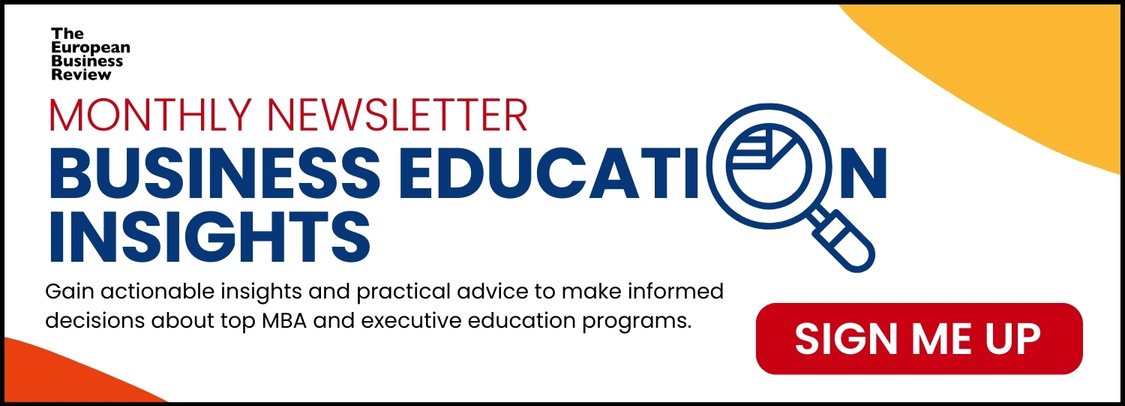By Yakov Filippenko
Gen Z’s chaotic approach to careers — job-hopping, ghosting employers, and “career catfishing” — may seem baffling, but it’s also an opportunity. This article explores how employers can adapt to the new workforce mindset, turn disruption into innovation, and build loyalty through flexibility, purpose, and a redefined employee experience.
How to Turn Gen Z’s Career Chaos Into an Opportunity
Back in the early days of my career, my dad once told me he’d never hire me. He had a point. Like many other millennials, I used to switch jobs every 1-2 years, which totally went against his idea of a ‘good employee’ — someone loyal, dependable, and committed for the long run.
To him, it probably seemed like I was treating jobs like a joke.
From my perspective, I was just being strategic — chasing better opportunities, whether it was for higher pay, a new title, or fresh experiences. Let’s be real, I was just being a millennial.
Anyway, I was confident my dad would change his opinion once my generation became the dominant workforce — and I’d finally win our little virtual competition. What I didn’t realize was that I’d be right, but not feel good about it.
Fast forward to today, and I’m in a similar spot to where my dad was back then. Gen Z — the generation after us millennials, soon to dominate the workforce — treats jobs like a running joke. They’re not just making memes about work; they’re turning the jobs themselves into memes.
Take “career catfishing,” for example. This latest workplace trend involves Gen Z job seekers applying for roles, completing interviews, accepting offers, and then disappearing. They either don’t show up on their first day or often ghost employers entirely.
According to a survey, 34% of Gen Zers have engaged in career catfishing, so for those of us who initially dismissed it as a meme, the joke’s on us. Work itself has become a meme for Gen Z, and they’re treating it as such.
Having said this, the roots of this chaos go deeper than pranks or a disregard for professionalism. Gen Z grew up watching their Gen X parents get laid off every time the economy took a hit. This fueled their fear of uncertainty and built a deep distrust of companies.
Gen Zers learned early on that the traditional “work hard and stay loyal” mantra doesn’t guarantee job security. This instilled in them a profound desire for independence, which is evident in the way they approach work. For them, freedom and autonomy are the key drivers. Studies have backed this up — up to 73% of Gen Zers have said they would like a job that provides flexible work schedules on a permanent basis.
This generational clash has turned workplaces into battlegrounds, with competing priorities at play. While HR leaders want to restore order and enforce commitment, Gen Z seeks flexibility, balance, and meaning. The growing tension is hard to ignore.
The Two Constants
Despite these divides, there are two undeniable constants in the workplace that are meaningful to understand if we want to bridge this gap.
First, managers consistently overestimate timelines, budgets, and outcomes, only to face disappointing results. Second, when things go wrong, they tend to blame external factors. In today’s remote work era, managers have the ultimate scapegoat: poor team coordination or low motivation.
This narrative has become the mainstream justification for forcing employees back to the office. What many leaders fail to recognize is that today’s workforce — both Gen Z and older generations — has fundamentally changed.
The Big Shifts
At the same time, two key shifts are at play. For starters, Gen Z doesn’t behave like previous generations. They’re less motivated by traditional incentives like long-term stability and more by flexibility and purpose.
Meanwhile, millennials, who once thrived in office environments, have evolved, and their preferences have shifted in a post-pandemic world. Hence, when companies try to herd everyone back into offices, they create a chaotic zoo of conflicting priorities and expectations. It’s as challenging to navigate as it is fascinating to observe.
Final Thoughts: Transforming Chaos Into Opportunity
Chaos breeds innovation. From my perspective, instead of fighting Gen Z’s workplace rebellion, employers should see it as an opportunity to rethink outdated norms and experiment with new approaches.
We need to give employees — especially Gen Zers — more control over how and where they work. Instead of micromanaging, move away from rigid metrics and trust them to deliver results, and you might be surprised at what they achieve. Focus on impact, creativity, and collaboration. Bridge the trust gap with transparency and authenticity.
If you can show Gen Z that your organization values them as individuals instead of merely cogs in a wheel, you will realize that their behavior isn’t a threat, but an invitation to innovate. At the end of the day, the future of work isn’t about returning to what used to work. It’s about building something entirely new.




 Yakov Filippenko
Yakov Filippenko
































